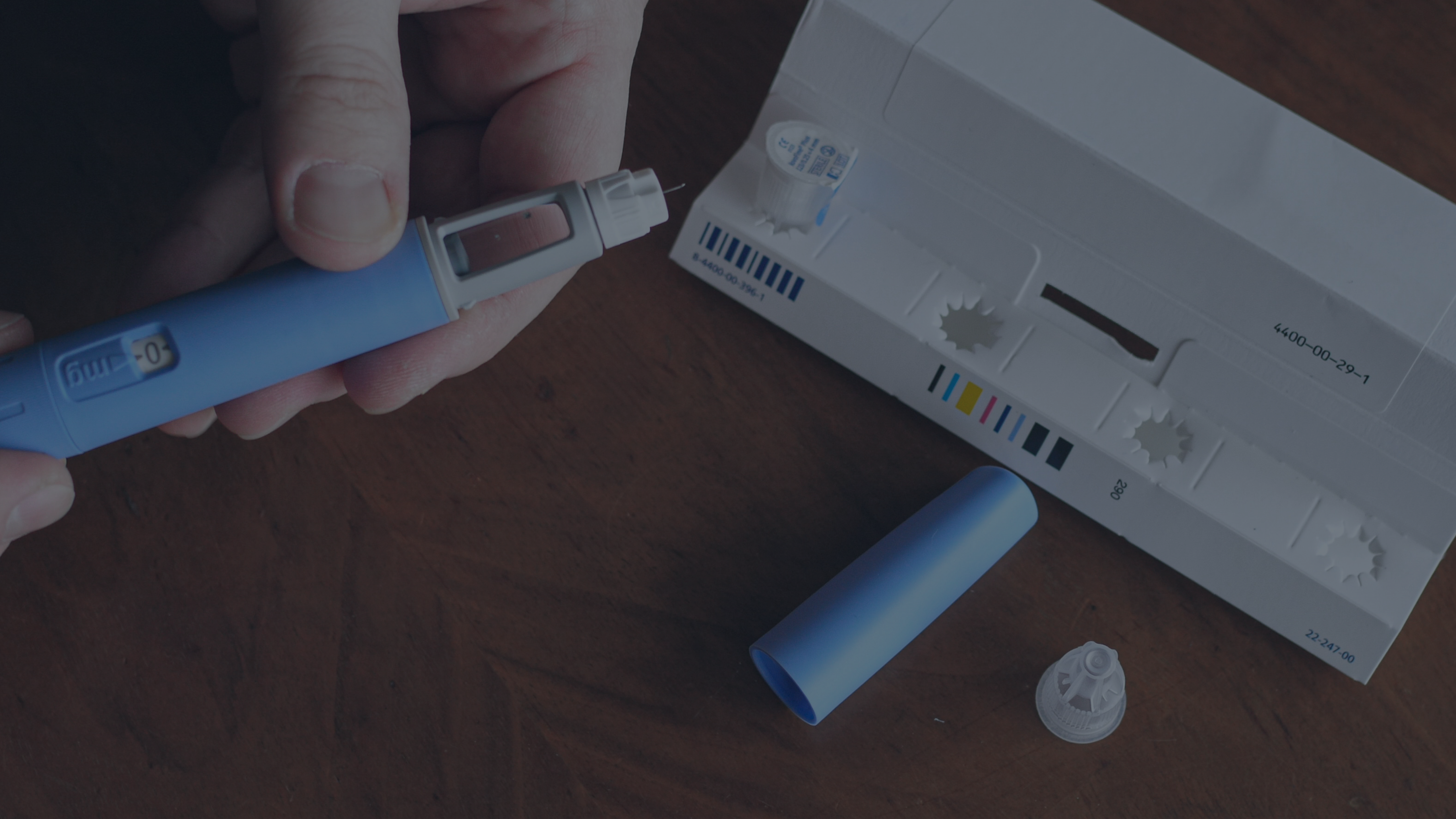Every year, there are new technologies emerging that are revolutionizing healthcare, and old technologies that are being advanced further. Technical innovation pushes the industry forward and helps scientists, doctors and physicians provide even better care for their patients.
Medicine has come such a long way since the invention of stethoscopes and eyeglasses. Looking forward to 2022 gives us a glimpse into the future of medicine, technology and how they can work together.
But what trends are predicted to dominate this year? In this blog post, you’ll learn about nine of the latest technologies for 2022, from AI to VR and nano-medicine.
In the wake of COVID-19, medical technology had to adapt quickly to a rapidly changing health crisis. During 2020 and 2021, the healthcare industry pioneered new technologies, and existing technology like telemedicine was used far more widely than ever before. Here we predict what 2022 may look like for the sector.
1. Big Data Analytics
Increasingly, healthcare professionals have access to a huge pool of data to pull from. In 2022, we predict that big data will become even more prevalent in the industry.
Having access to more data means scientists have better opportunities to spot patterns and trends. For example, they can see how factors like demographics, economy and environment affect a range of health conditions.
What’s more, the data can be used in AI or machine learning to predict trends or provide new medical insights. Not only that, data can help plan for treatment of long-term health issues, helping to better prepare patients for what the next few years may hold for them.
Researchers at Boston University are using big data and machine learning to identify patients who may at risk of diabetes and heart disease. They also hope to use data to predict events like hospitalisations in patients. This is just one example of how big data is being used in healthcare, and we expect that this will only increase in 2022.
2. Nano-Medicine
Nano-medicine refers to medicine that’s at an atomic, molecular or supramolecular size, and is set to be a big trend this year.
There are three key applications of nano-medicine:
- Diagnosis
- Controlled drug delivery
- Regenerative medicine
Theranostics is a new area of research that’s been emerging over the past few years. This is where the same system can diagnose and treat the patient at the same time. It’s an example of nano-medicine that’s set to advance in the near future, with far-reaching implications.
Nano-medicine has lots of potential, and may be able to help reduce tumours and target certain viruses – all on a miniscule scale.
3. AR in Education
Augmented Reality (AR) has lots of applications in medicine, but one key area is in education. In particular, we’re seeing AR being increasingly used in medical schools to help the next generation of doctors, nurses and practitioners better understand how to diagnose and treat patients.
AR helps students better experience what certain conditions may look like before they have to deal with them in real life. It uses virtual objects, which are overlaid onto reality, usually via a tablet screen or similar device.
In 2020 and 2021, when medical students were forced to complete a lot of their education at home, AR opened up new opportunities to learn in new ways. It can be done remotely, even in students’ homes, and there are hands-free and voice activated features too.
As students return to in-person learning, 2022 will likely see this technology being used in new innovative ways – inside and outside the classroom.
4. Virtual Reality
Already, virtual reality is becoming more popular in the healthcare sector. In fact, a recent report estimated that the market for VR in healthcare may grow 35% annually between 2021 and 2026. That could mean the industry is worth $40 billion in 2026. In comparison, it was worth $2.7 billion in 2020.
There are lots of applications of VR technology. It can be used in education but also in treatment, too. For example, a new device from AppliedVR was just approved by the FDA to treat lower back pain. It guides patients through games, exercises and lessons to help reduce chronic back conditions.
Mental health is another area that’s benefitting from VR. It can be used to deal with issues like stress and phobias, as well as alcohol and drug addiction. When offered in a controlled environment, it can yield positive results for specific patients.
According to the Office for National Statistics, one in five adults have experienced some form of depression during the COVID-19 pandemic, which is almost double pre-pandemic rates. As mental health professionals treat more patients, we predict that VR will become increasingly popular in 2022 in this sector.
5. Smart Implants
Smart implants aren’t a new technology in 2022, but they’re becoming more accessible to patients.
3D printing is one way that smart implants are being produced. Compared to other methods, it’s more affordable, takes less time to manufacture and can be personalised to individual people. This way, the implants can respond to specific needs and requirements.
One example comes from Strait Access Technologies, who are creating a bioinspired heart valve prosthesis. It’s made using 3D printing technology and could help curb the impact of the world’s ageing population. Although it may not be on the market for 10 years, new advancements in technology could see similar solutions appear in 2022.
6. Digital Twins
The concept of a digital twin is fairly self-explanatory – it involves creating a digital replica of a real-world object, which in turn becomes its ‘twin’. But the potential for this in the healthcare industry is huge.
Now, instead of having to create a real-world prototype of a device, you can create a virtual version. As a result, it’s easier for proposed medical devices, prostheses and biocompatible materials to be approved. What’s more, digital twins can be used to approve drugs.
For example, Elsevier and ExactCure built a digital twin that modelled patient reactions to 20 approved drugs. This was in April 2020 during the first wave of the COVID-19 pandemic, and helped doctors better understand how different medications could affect their patients with coronavirus.
It’s predicted that digital twins will be used even more in 2022 for a range of purposes and applications.
7. Telemedicine
Telemedicine has been a lifeline for many during the COVID-19 pandemic. Doctors and medical practitioners have relied on it increasingly to deliver care and monitor their patients remotely.
Telemedicine is the remote delivery of healthcare services and comes in three forms:
- Interactive medicine, where patients and physicians can communicate in real time.
- Store and forward, where patient information is shared with a practitioner.
- Remote patient monitoring, where caregivers can monitor a range of health metrics like blood sugar levels remotely.
A 2021 report found that telehealth utilisation was 38 times higher than before the pandemic, and there are no signs of this returning to pre-pandemic levels in 2022.
As more patients return to receiving in-person care, the question people in the industry are asking is: how will we combine telehealth and physical health services moving forwards?
8. Internet of Medical Things
Medical equipment and medical devices are becoming increasingly interconnected. Smartwatches, fitness trackers and other devices are more sophisticated than ever before, and can provide new insights for doctors and patients alike.
Through the Internet of Medical Things, patients can send data to their doctors to help with diagnosis and treatment. With 5G becoming more widely available in 2022, this data will be able to be transferred almost instantaneously.
Experts believe that 5G will usher in a new paradigm in healthcare called 4P. This term was coined by Dr. Lee Hood, and refers to four key aspects of the future of healthcare:
- Predictive: We’ll be able to predict disease before symptoms arise.
- Preventative: If we can predict disease early on, we can prevent it from becoming a problem.
- Personalised: Treatments will be individually optimised according to the patient’s own genetic makeup.
- Participatory: Healthcare will become increasingly patient-driven.
Advancements in the Internet of Medical Things and 5G will move us closer to this future in 2022.
9. Personalised Medicine
A range of advancements in medical technology mean personalised medicine will become more prevalent this year. AI, digital twins and genomics are all helping medical practitioners treat patients on a more individual basis.
For example, Empa healthcare is using AI to work out the exact dosage of painkillers needed for patients. This is especially useful for those who have chronic pain, as it can give them an appropriate amount of pain relief without this becoming dangerous.
Another area that’s ushering in a new era of personalised medicine is genomics. This is the study of genes, and involves using technology to map individual genomes – i.e. the DNA structure of a person. Alzheimer’s, arthritis and cancer are just three conditions where patients are benefitting from this area of research.
Nutrigenomics is a sub-field of genomics, and involves creating diet plans based on genetic factors that, in turn, are highly personalised to the individual. Experts predict that this is likely to gain significant investment in 2022 too.
Final Thoughts
Experts predict that the latest medical technologies in 2022 will help medicine become more personalised, interconnected and data-driven. From silicone heart valves to VR headsets that treat back pain and diet plans that are personalised to your genes, the future in healthcare looks bright. But this is balanced with many challenges, as we adapt to the changes caused by the coronavirus pandemic and a more digital-focused healthcare system.
TecEx Medical Solutions
Looking for door-to-door import solutions? TecEx acts as your importer of record, so you can ship your medical supplies seamlessly. Take the stress out of importing your goods with our risk-free solutions.





